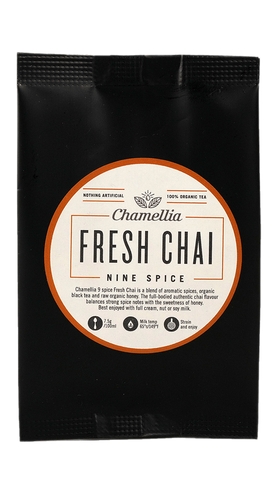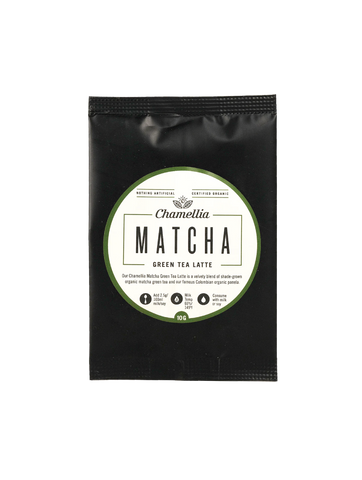Context
The coiled trunk is flexible and with utter compliancy, leans gently to the command of the warm zephyr. Its peak is branched by glossy plume-like leaves, shielding what the tree gives its gratitude for – coconuts.
Origin
As legend proceeds, early explorers were left perplexed and naturally curious by the nut’s distinct three dimples. Their belief was that the seed, which appeared to imitate an almost mischievous or warned expression, was undoubtedly inhabited by a spirit. This superstition served as the inspiration for the name coco, with the suffix of nut later appended.
A longstanding insignia of tranquility, the coconut palm has unsurprisingly been adopted as the national tree of the idyllic Maldives. Not one destined for a mundane legacy, it is thanks to the resilient and venturesome seedling of the tree that the once Indian native is found worldwide.
Preferring humid, tropical climates, the coconut can withstand extensive travel and outside of its indigenous home, has been uncovered as ancient fossils in Australia and Columbia. Today, Indonesia, the Philippines and India represent 72% of the world’s annual coconut consumption.




















